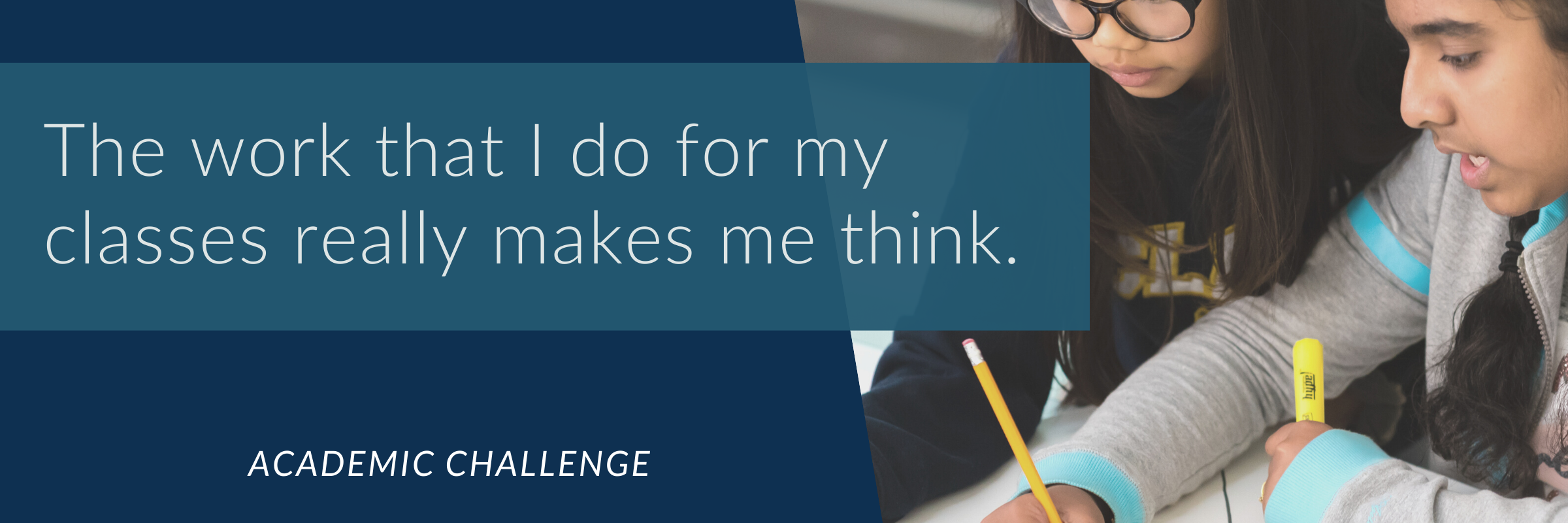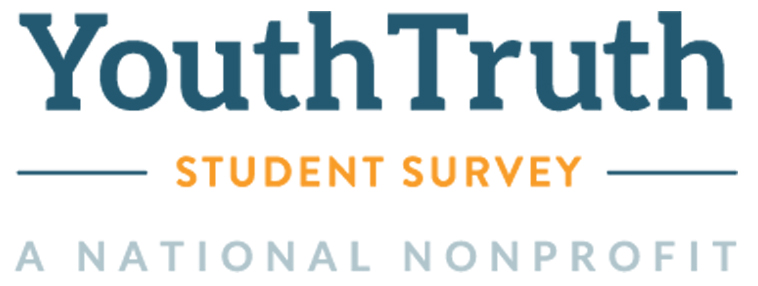
Why does it matter?
The YouthTruth Survey question “Does the work you do in this class make you really think?” provides student feedback on whether they are developing critical thinking and the metacognitive ability to think about how they think.
How to develop students metacognition
By explicitly teaching students of all ages to think about how they think, teachers promote critical thinking and deep learning. Nancy Chick, Vanderbilt University’s Center for Teaching, synthesized the research on metacognition and identified research-driven strategies for teaching thinking.” Chick recommends, “Metacognitive practices increase students’ abilities to transfer or adapt their learning to new contexts and tasks… by gaining awareness above the subject matter. They also think about the tasks and contexts of different learning situations and themselves as learners in different contexts.” Check out these strategies for putting metacognition into practice:
Chick recommends these assignments for explicit instruction listed in Kimberly D. Tanner‘s research on “Promoting Student Metacognition“:
- Preassessments—Encouraging Students to Examine Their Current Thinking: “What do I already know about this topic that could guide my learning?”
- The Muddiest Point—Giving Students Practice in Identifying Confusions: “What was most confusing to me about the material explored in class today?”
- Retrospective Postassessments—Pushing Students to Recognize Conceptual Change: “Before this course, I thought evolution was… Now I think that evolution is ….” or “How is my thinking changing (or not changing) over time?”
- Reflective Journals—Providing a Forum in Which Students Monitor Their Own Thinking: “What about my exam preparation worked well that I should remember to do next time? What did not work so well that I should not do next time or that I should change?”
Next, Chick lists Tanner’s recommendations for “developing a classroom culture grounded in metacognition.”
- Giving Students License to Identify Confusions within the Classroom Culture: ask students what they find confusing, acknowledge the difficulties
- Integrating Reflection into Credited Course Work: integrate short reflection (oral or written) that ask students what they found challenging or what questions arose during an assignment/exam/project
- Metacognitive Modeling by the Instructor for Students: model the thinking processes involved in your field and sought in your course by being explicit about “how you start, how you decide what to do first and then next, how you check your work, how you know when you are done”
